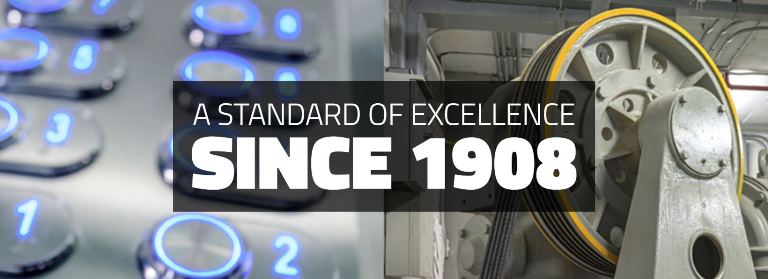There
was another elevator accident on 5/26/15 involving a facilities person or a
maintenance mechanic in Bloomington, IL.
It is not clear to me if the person was an elevator mechanic or a
building maintenance/facilities person at this point in time. The result of the accident was death due to
getting hit or crushed with the counter weights.
Last
week I was at a 6 story building with 2 gear less traction elevators that went
400fpm and one was silent moving up and down and the other had a noisy roller
guide. In the world of elevators, 400fpm
are not fast elevators. When I was in
the hoist way you just felt the elevator without the noisy roller guide pass
you[silent as a mouse], there would not be time to react before getting hit by the elevator if you
were in the wrong place at the wrong time and did not take the necessary
precautions to enter the hoist way.
If
you have not reviewed the Elevator Industry Field Employees’ Safety Handbook
lately please do. If you do not have a
copy of this hand book as the company you work for to get you one or buy one.
Available from - http://www.elevatorbooks.com/Products/2015SAFHB/2015-field-employees-safety-handbook.aspx
The books are $11.00.
People
that are not considered elevator personnel should not be in an elevator hoist
way unsupervised.
Definition of elevator
personnel
– Person who have been trained the construction, maintenance, repair,
inspection, or testing of equipment. Definition from ASME A17.1-2013/CSA B44-13
Again, if
you do not qualify as elevator personnel you should not be in an elevator hoist
way without the supervision of someone that does qualify as elevator personnel.
This
is a terribly way to remind everyone in the elevator world of how dangerous our
profession is and everyone needs to be careful when working in and around elevators. Be safe!
We all want to see the Black Hawks win another Stanley Cup!
If
you have any questions or would like information from Colley Elevator you can
go to www.colleyelevator.com, email Craigz@colleyelevator.com or call 630-766-7230.















.jpg)



